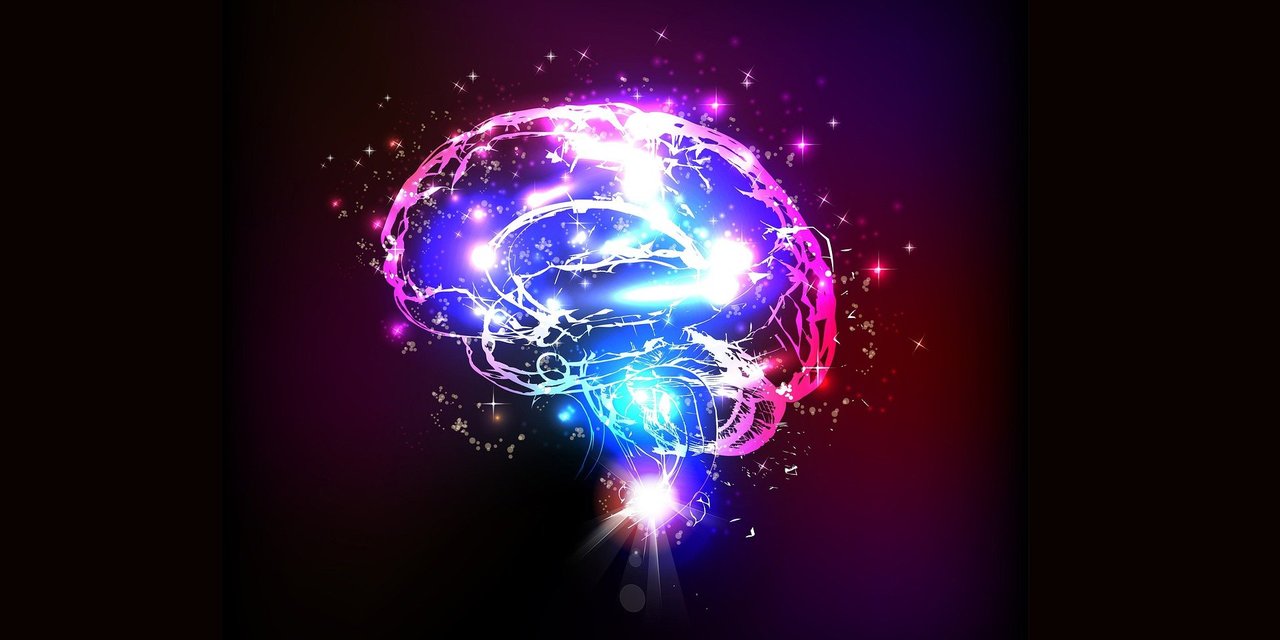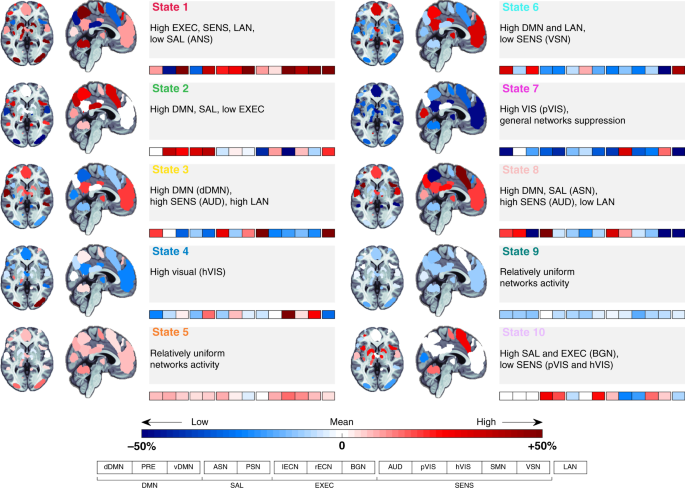Movies offer new tool for studying adaptive brain function
Published in Neuroscience

Our brains constantly adapt in response to our surroundings. We take in sensory information about the environment and use it to make predictions about the world. This process is refined with each new piece of information and experience.
Many areas of the brain coordinate their activity to enable adaptive behaviour. But capturing the brain activity involved in each step – from perception to evaluation to action – is challenging.
New research reveals that movies can be used to study how patterns of brain activity change in response to external stimuli. The research team included Brain Function CoE investigators Johan van der Meer from QIMR Berghofer Medical Research Institute and Michael Breakspear from the University of Newcastle.
The researchers used a 20-minute movie called ‘The Butterfly Circus’ as the external stimuli. This allowed them to expose participants to the same simulated real-world experiences at specific times. For example, the movie featured actors using positive and negative facial expressions and included scenes that were designed to evoke particular emotions.
As participants viewed the movie, their brain activity was recorded using functional magnetic resonance imaging (fMRI). It was also recorded before the movie, while they rested with their eyes closed. Afterwards, the participants completed a questionnaire about how much they enjoyed the movie, whether they were bored, and how emotional it made them feel.
By comparing fMRI recordings using statistical techniques, the researchers could study how patterns of brain activity change in response to complex external stimuli.
They found that brain activity at rest switched between two relatively indistinct states. During movie viewing, however, brain activity switched between multiple distinct states that aligned with specific features of the movie. The patterns of brain activity were more consistent between participants when they viewed the movie, compared with when they rested. Differences in the patterns between participants reflected individuals’ engagement in the movie.
These findings show that movies can be used in research as a structured, contextually rich simulation of the real world. Movies also give researchers a reliable and reproducible way to study the brain’s response to stimuli that are similar to those we process in everyday life. This approach complements traditional research methods that capture brain responses using repetitions of a single external stimulus.
Next steps:
The researchers plan to measure changes in the fMRI signal in more detail, and in a larger group of people. They also want to study how the complexity of stimuli affect how the brain processes this information.
Reference:
van der Meer, J. N., Breakspear, M., Chang, L. J., Sonkusare, S., & Cocchi, L. (2020). Movie viewing elicits rich and reliable brain state dynamics. Nature Communications, 11(1), 5004. doi: 10.1038/s41467-020-18717-w
This article originally appeared on The Brain Dialogue. Read the original article https://www.cibf.edu.au/movies available under CC-BY 4.0.
Follow the Topic
Your space to connect: The Psychedelics Hub
A new Communities’ space to connect, collaborate, and explore research on Psychotherapy, Clinical Psychology, and Neuroscience!
Continue reading announcement





Please sign in or register for FREE
If you are a registered user on Research Communities by Springer Nature, please sign in